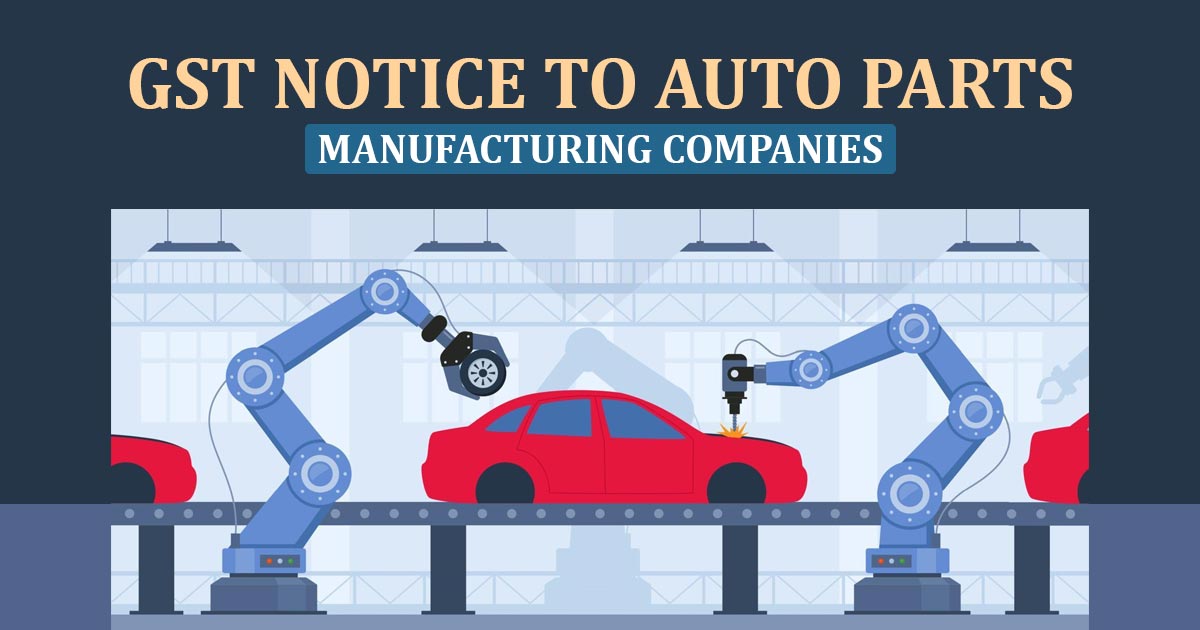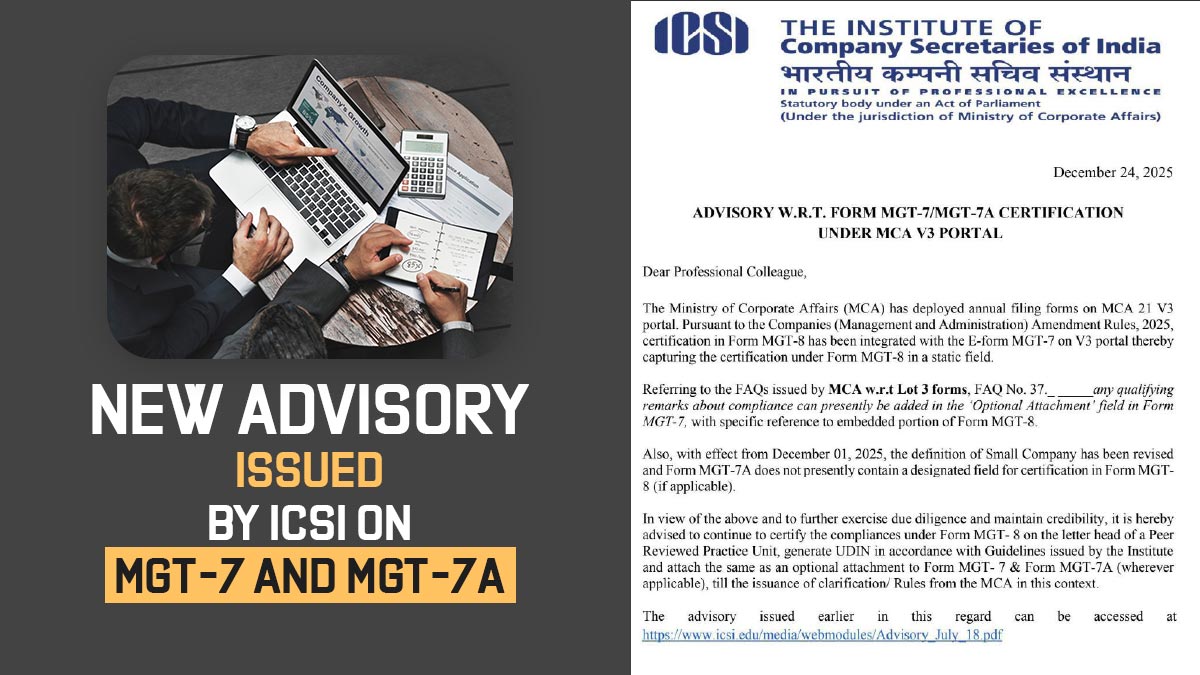
The tax authorities have increased their tax demands on several manufacturers of automobile parts, citing a Supreme Court ruling involving a business owned by the West Bengal government.
As per informed sources, the Directorate General of Goods and Services Tax Intelligence (DGGI) has issued notices to at least 17 of these businesses in the last 45 days alone, seeking a total tax payment exceeding Rs. 1200 crore. Officials informed that the amount may further increase as more notices are received.
A senior tax official emphasised there cannot be two principles of taxation for the two industries pointing to the Supreme Court’s ruling in the M/s Westinghouse Saxby Farmer case, stating that parts exclusively used in the automotive sector should be subject to higher tax rates.
This matter primarily affects manufacturers of various vehicle components such as engines, horns, locks, lights, switch panels, valves, LCD screens used in dashboard displays, oil seals, and other electronic parts.
The tax authorities argue that a GST rate of 28% is applicable, despite these manufacturers having previously paid GST on the parts at lower rates, often 18%. This is because the GST law specifies that a rate of 18% applies to “parts and accessories of motor vehicles.”
Sources indicate that demand notices, including the differential amount and interest, have been issued to auto parts manufacturers.
In response, several businesses are preparing to challenge these notices in court.
The controversy surrounding categorization arose from the Supreme Court’s ruling in 2021 regarding Westinghouse Saxby Farmer, a manufacturer of relay systems used in railway signalling. The company categorised its relays as part of railway equipment, which attracts a lower tax rate. It was argued that since these components were specifically designed for use in railroads, they should be classified accordingly.
At the same time, authorities sought to reclassify the product, which would end up increasing the tax rates.
The apex court classified the relays as components of the railway signalling system, ruling in favour of Westinghouse Saxby. While this decision benefited the railway and aviation industries, experts cautioned that the automotive industry would face classification disputes with GST authorities and potentially have to pay higher taxes. The Supreme Court’s order supersedes the classification provided by the Central Board for Indirect Taxes and Customs (CBIC).
Despite the unfavourable ruling in the Westinghouse Saxby case, tax authorities are now using that ruling as a precedent in other situations, according to a tax expert.
The authorities argue that automotive components, designed exclusively for use in vehicles, should be classified as “parts and accessories of motor vehicles” and subject to a 28% tax rate. However, the specific classification of these items under various heads of the GST statute allowed producers to pay lower GST rates on these parts.
A tax expert highlights that one of the key principles in indirect taxes is that a specific entry takes precedence over a general one. The broad categorization of “parts and accessories of motor vehicles” is overridden by the specific classification of automotive parts such as engines.
It is worth mentioning that the CBIC itself issued a circular in January 2022, clarifying that the Supreme Court’s ruling in the Westinghouse Saxby case should not be extended to broader matters.
Experts also point out that since automobile manufacturers receive input tax credits for these parts almost exclusively, businesses paying lower taxes do not significantly impact the government’s revenue.
According to a tax expert, the automotive industry as a whole is facing significant challenges due to the inconsistency between the Supreme Court’s classification standards for machine parts and components and the guidance provided by the CBIC.
Recent developments suggest a steadfast adherence to the classification guidelines outlined in the Westinghouse verdict within the legal system, while the government’s stance seems to differ. Even lower-level adjudicating officers seem troubled by this situation. It is advisable to appropriately amend the law to provide clarity on the tax position and eliminate uncertainties for the industry.
According to industry sources, several businesses have started paying a 28% GST on these auto parts, even though they fall under lower tax brackets, in order to avoid legal complications.










This highlights the growing tension between regulatory compliance and survival in the auto parts industry. With thin margins and rising logistics costs, manufacturers need clarity, not just pressure. At Assia, we focus on transparency in pricing and GST practices to stay aligned with current norms.